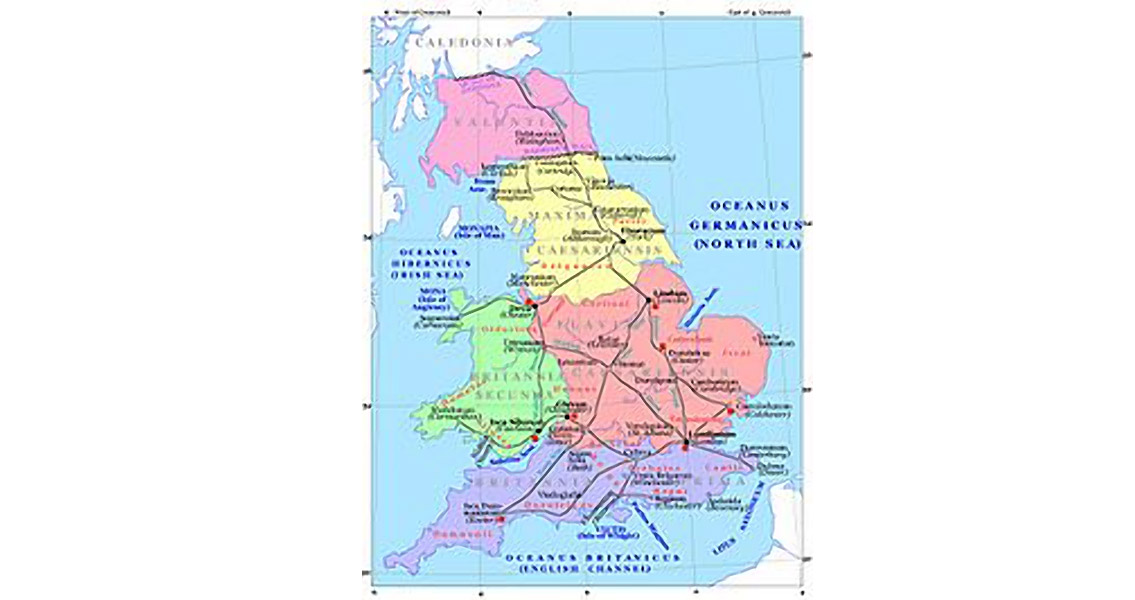<![CDATA[There’s an understanding in the construction trades that you never know what you’ll find when you start digging. For one property owner in Wiltshire it has never been more true; in the process of excavating for electrical conduits workers inadvertently uncovered the remains of the largest Roman Villa ever constructed in Britain. In the process of installing the electrical conduits, workers discovered mosaic tiles approximately 18 inches deep. The homeowner, Luke Irwin recognized their significance immediately – only the Romans built mosaic floors, and Britain was part of the Roman Empire from 43 CE to 409 CE. After stopping the work, Irwin contacted Historic England and their archaeologists were able to confirm the mosaic was once part of a floor inside an extravagant villa which had been built sometime between 175 CE and 220 CE. According to an article in the Guardian, this historically important discovery has national significance given that the site has been left untouched since the collapse of the house 1400 years ago. The house owned by the Irwins sits directly above an enormous slab of Purbeck marble (which likely originated from Rome) in what would have been the center of the villa. Dr. David Roberts, an archaeologist with Historic England, told the Guardian, “This is a hugely valuable site with incredible potential. The discovery of such an elaborate and extraordinarily well-preserved villa, undamaged by agriculture for over 1,500 years, is unparalleled in recent years and it gives us a perfect opportunity to understand Roman and post-Roman Britain.” The three-story villa would have dominated the valley and based on its size alone it likely belonged to an extremely important and wealthy Roman family. Other discoveries support this belief. For example, researchers on site found discarded whelk and oyster shells which would have been brought there from miles away, a luxury afforded only to the super rich. In addition to the shells, other discoveries have included a Roman well, pristinely preserved, and a roman child’s stone coffin. The latter had been used as a geranium planter up until it was identified by archaeologists To date only a small number of test pits have been excavated, but everything found so far indicates the villa was constructed with materials of the highest quality, the mosaic in particular. The tones in the mosaic have been identified as coming from at least 13 separate British quarries. Amazingly the house wasn’t destroyed like so many others were when the Roman Empire collapsed, leaving it to open a window on the little known era between the Roman occupation of England and Saxon domination, including how people reacted to the fall of the Roman Empire – the superpower of its time. It was the renovation of a barn into a playroom where the Irwins could play table tennis that instigated the findings. Fortuitously, the homeowner insisted the electrical cables needed for lighting the structure be installed underground instead of overhead, which the electrical contractor had recommended. If not for this decision, the Irwin’s would have been left to unknowingly trample over the extravagant remains ]]>
Electrical Construction Sheds Light on Roman Britain
